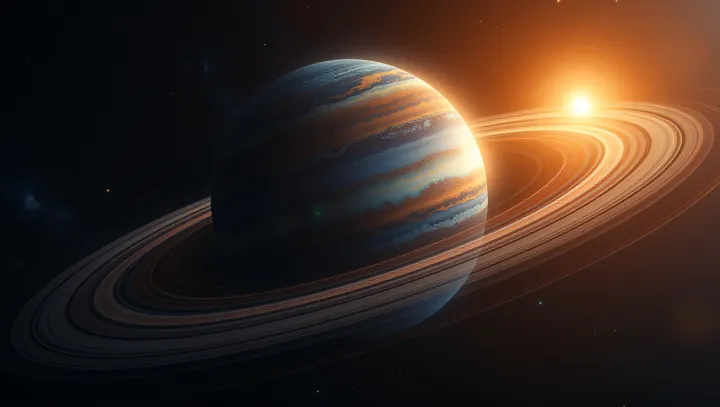Unveiling the Mysteries of Satellites and Planets

In the vast expanse of the universe, satellites encompass a fundamental aspect of both natural and technological realms. As the spotlight shines on recent astronomical discoveries, scientists are revisiting the dynamic relationships between planets and their satellites. New findings from the European Space Agency have highlighted the complex gravitational dance that occurs between these celestial entities.
Alan Shepard, a renowned expert from the International Space Institute, notes, 'Understanding the intricate bonds between planets and their satellites can reveal pivotal insights about the formations and evolutions within our universe.' This knowledge not only advances scientific paradigms but also propels technological innovations that rely on artificial satellites for communications and observation. The study of moons, a natural form of satellites, has provided crucial information about planetary atmospheres and geologies. For instance, missions to Jupiter's moon Europa are investigating the potential for life, driven by the moon's hidden ocean.
Such ventures underline the significance of natural satellites as gateways to unraveling the cosmic mysteries. Artificial satellites, on the other hand, serve as vital tools for modern civilization, facilitating global communication and offering novel perspectives on Earth and its atmosphere. Their roles in observing climate change, disaster management, and global positioning are indispensable, reflecting the seamless integration of celestial phenomena into everyday life.
